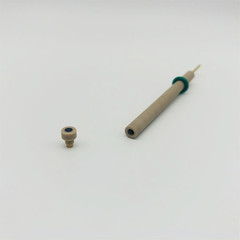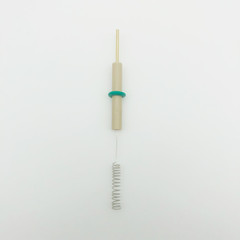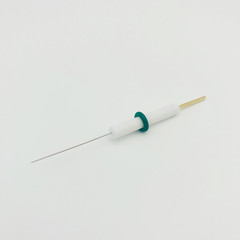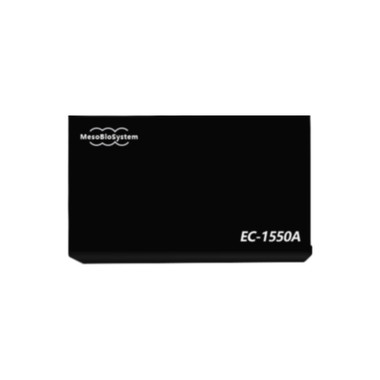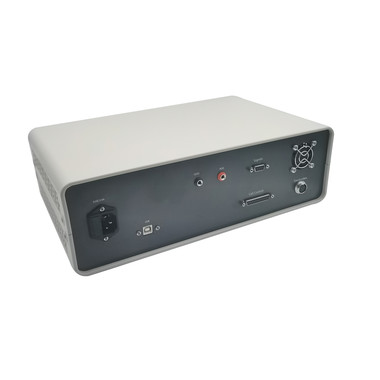Potentiostats
Potentiostats are control and measurement devices designed to output a controlled potential. Unlike other voltage sources, potentiostats contain feedback circuitry between the output and measured potential. This enables them to maintain a set potential through a circuit with varying resistance by increasing or decreasing the output so that the measured potential remains constant (according to Ohm's Law).
How do Potentiostats Work?
Potentiostats are able to maintain a constant measured potential by using feedback circuitry between the output and measured potential to respond to changes in the resistance of the circuit (or electrochemical cell).
Potentiostatic experiments use a three electrode system consisting of a working electrode, a counter electrode and a reference electrode. The potential of the reference electrode remains fixed while the potentiostat varies the potential of the working electrode. The counter electrode completes the circuit and allows current to flow, counteracting the redox events taking place at the working electrode and ensuring that no current passes between the reference and working electrodes.

 United States (USD)
United States (USD) United Kingdom (GBP)
United Kingdom (GBP) Canada (CAD)
Canada (CAD) Australia (AUD)
Australia (AUD) New Zealand (NZD)
New Zealand (NZD) Ireland (EUR)
Ireland (EUR) India (INR)
India (INR)



